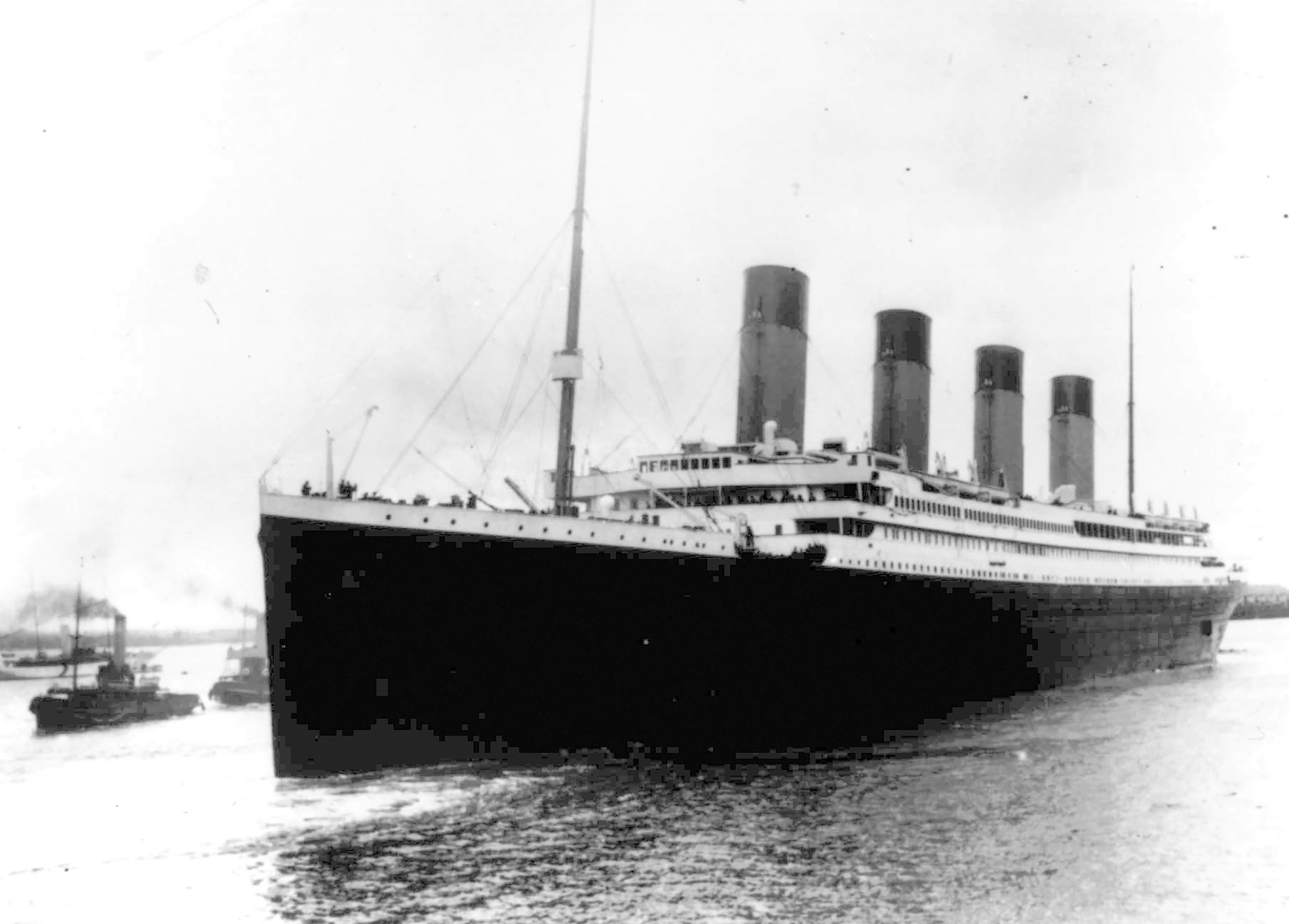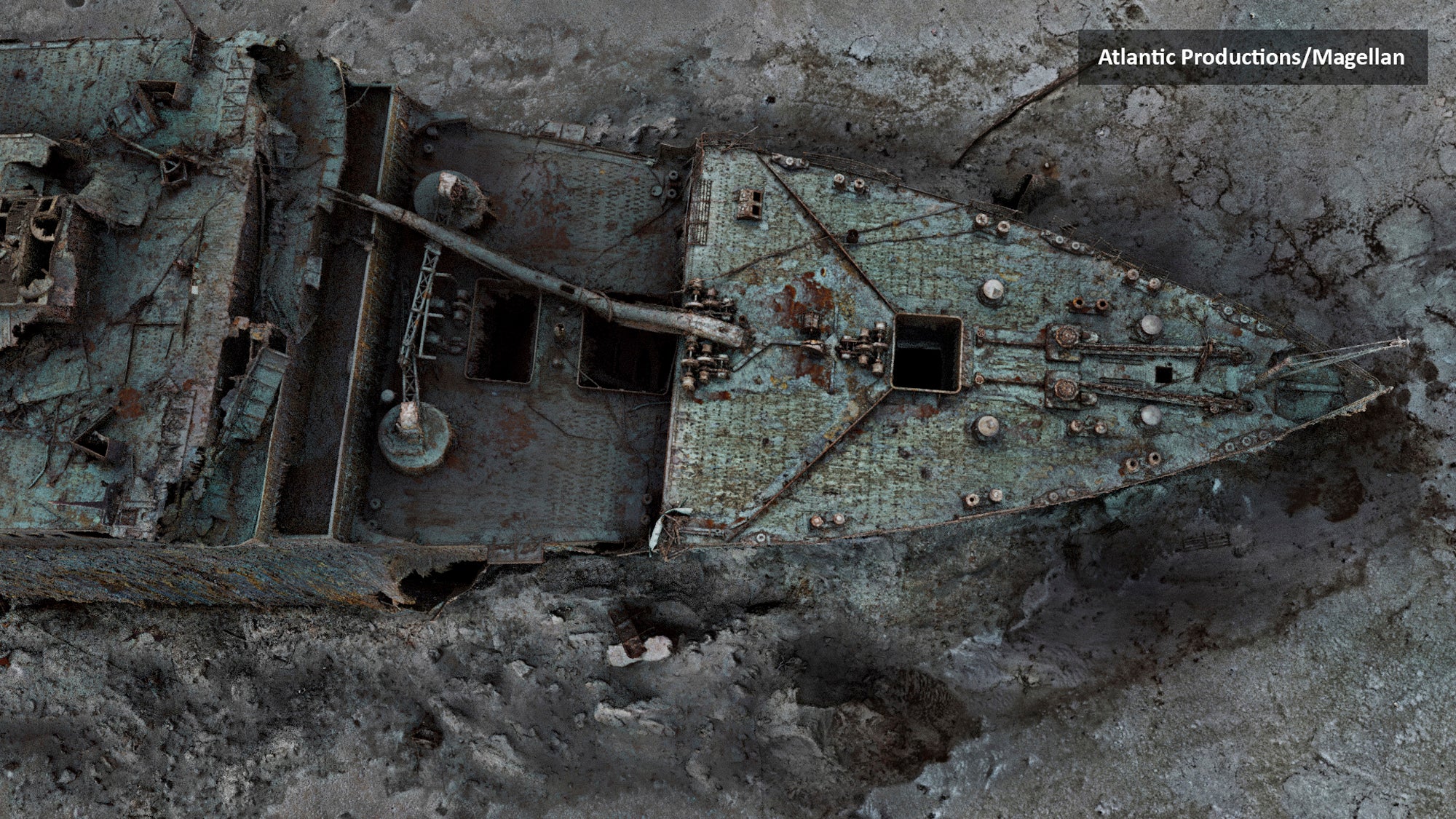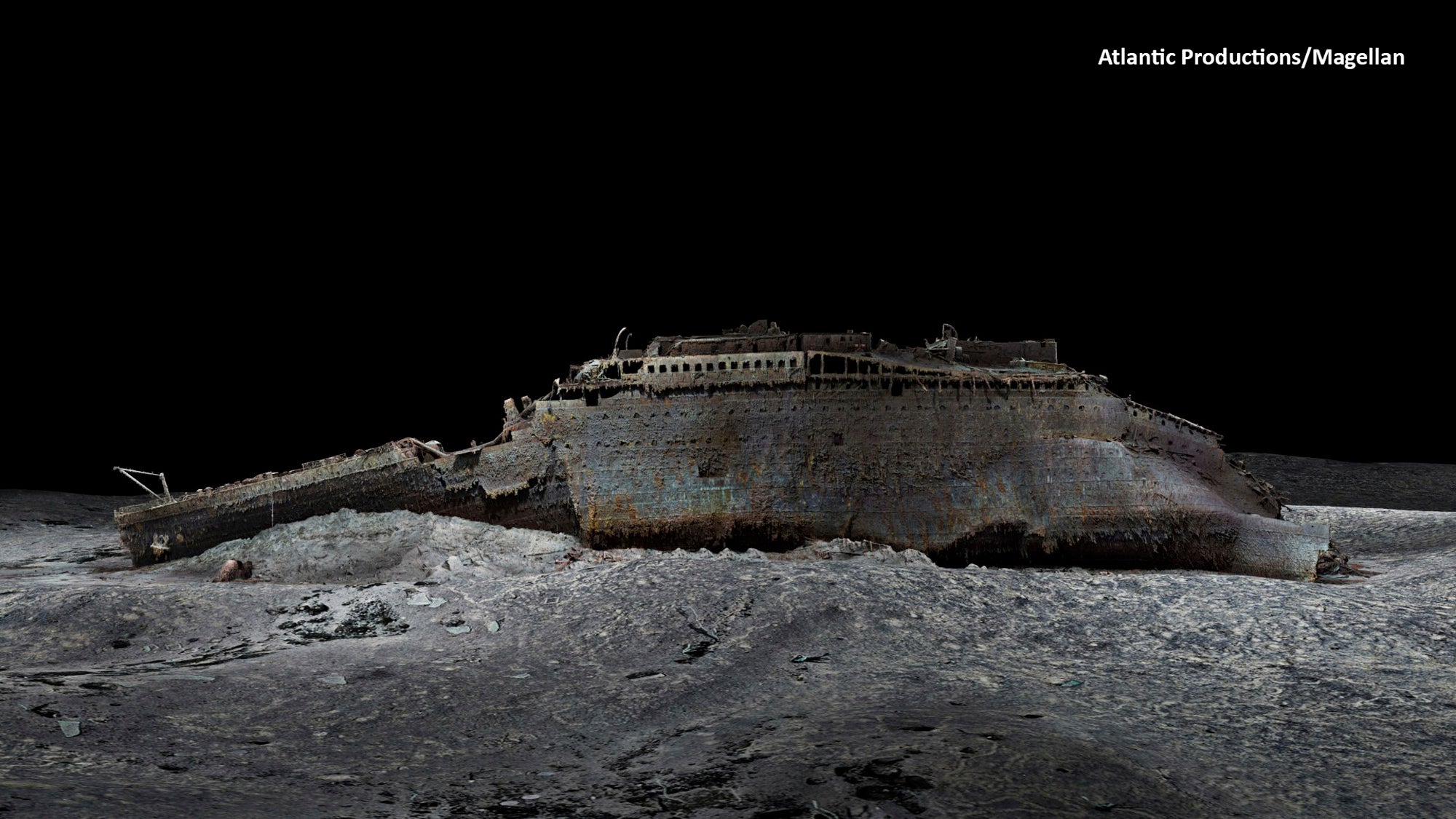A full -size digital analysis of the Titanic revealed an additional overview of the last moments of the convicted and confirmed ship’s accounts that the engineers worked until the end to keep the lights on.
The 3D replica was created using underwater robots which have traveled 3,800 meters to the Oceanic Atlantic bed, with more than 700,000 images taken to create a “digital twin” of the wreck.
A computer simulation also indicated that the hull perforations, which are the size of A4 pieces of paper, probably led to the sinking, which led to the loss of 1,500 lives after the ship struck an iceberg in 1912.
Among the new details discovered by the scan is a porthole that has probably been broken by the iceberg. This seems to corroborate the accounts of the survivors’ eye witness that the ice had entered people’s cabins during the collision.

“Titanic is the last surviving eyewitness of the disaster, and she still has stories to tell,” said Parks Stephenson, Titanic analyst.
The scan was produced for a new documentary by National Geographic and Atlantic Productions called Titanic: The Digital Resurrection.
“It’s like a crime scene: you have to see what the evidence, in the context of its place,” said Parks Stephenson.
“And having a complete vision of the entire wreckage site is the key to understanding what happened here.”

Despite the manufacturers of the Titanic saying that the line was not unique, it suffered colossal damage when an iceberg has torn six waterproof compartments, causing the flood of the ship.
During the following hours, he started to bow considerably with passengers noting that the lights were always lit when she plunged under the waves.
Since the boiler is at the back of the Arc section where the ship broke in half, the experts can see that some boilers are concave, which suggests that they were still operational.
A valve can also be seen in the open position, indicating that the steam still flowed into the electricity production system.

The group of engineers responsible for staying behind to shove coal in the ovens has all perished in the disaster, giving their lives to make sure that the lights remained on so that the crew members launch rescue canoes.
The ship’s simulation also shows that despite the ship only having a look at the iceberg, it caused a series of online punctures through the hull.
“The difference between the sinking of the Titanic and the non-inaufrage is due to the fine margins of the holes on the size of a piece of paper,” said Simon Benson, associate professor in naval architecture at Newcastle University.
“But the problem is that these small holes are over a long length of the ship, so that the flood waters are slowly but surely enter all these holes, then finally the compartments are flooded on the top and the wells of the Titanic.”
Titanic, who was detained and exploited by the British company White Star Line, sank at the beginning of April 15, the scan also revealing the personal passenger property that litter the surrounding maritime foundations.
The wreckage deteriorates quickly underwater and could disappear completely over the next 40 years.


